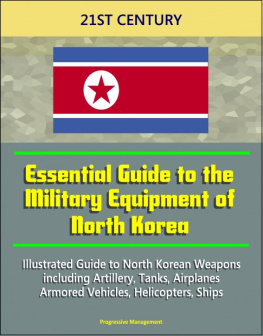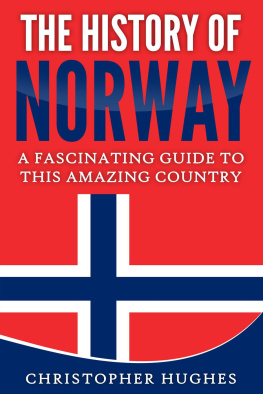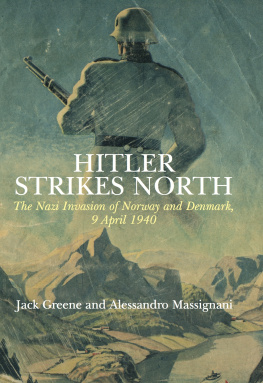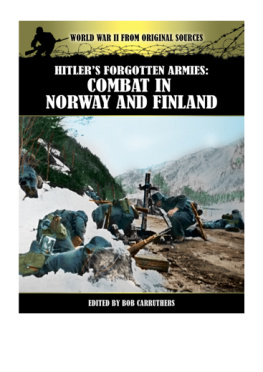Table of Contents
MILITARY JUNK 1
In the Frozen North
A Military Enthusiasts Introductory Guide to the Military of Scandinavia
Andrew Wallace
Copyright 2019 by Andrew Wallace
All rights reserved. This book or any portion thereof
may not be reproduced or used in any manner whatsoever
without the express written permission of the publisher
except for the use of brief quotations in a book review.
First published 2019. Geek Books
Hinkgrnd 109
906 29 Ume
Sweden
Photo on the front page:
A BV 202 abandoned to rust away in Norway.

Illustration 1: The Swedish Air ForcesTeam 60 display team.
Forward
There is an expression in Swedish; Militr verintresserad Person. Normally abbreviated to MP (pronounced m-er-p) and it means, as you might guess, military over interested person. And that is for whom this book is for; MPs wherever you are.
The north of Europe has a wealth of military stuff to interest any enthusiast. I am not going to be able to go through the whole lot so I am aiming to give just a sample of what is around. A taste, an introduction, from which you can see what type of stuff can be found. Mostly modern, in the sense of 20th and 21st century but occasionally popping back in time to mention some old points of interest.
I am looking to introduce a military enthusiast to what can be found in Scandinavia. Due to its history, that also means a bit of an overlap with the former Soviet Union and Nazi Germany. Sweden, for example, used Soviet equipment. But there is also a bit of equipment from the UK and the USA as well as other countries. Im going to concentrate a bit more on Sweden but there is a lot of overlap between the counties of the North as they often have the same military equipment. Denmark and Norway, as well as Sweden, use the Leopard 2 tank, for example.
After the Cold War, Sweden went a bit insane and decided to all but abolish its armed forces in what it called a strategic time out. That resulted in a lot of Swedish military bases being closed down and bunkers filled with concrete, and Ill mention a few in this book. It has become quite popular with military enthusiast to visit these sites. But be warned; abandoned military bases are not exactly child friendly. Visit them at your own risk. If you end up falling down a black hole in some abandoned bunker and breaking your neck, you only have yourself to blame.
Some places have official tours of abandoned places such as in Boden, in the north of Sweden, and some have been opened as museums. This is probably the best way to visit old military bases, fortresses, and bunkers.
If you do end up visiting unofficially then be safe. Take a torch, gloves, and maybe even knee pads and a helmet. Make sure someone knows where you are.
A word to the wise; many military bases in Sweden can look abandoned but that is not necessarily the case. Some formally abandoned places may be reused by the military. Dont just assume. All active military bases and some civilian places are what Swedes call protected objects. They will have a number of yellow signs around the perimeter (see illustration Illustration). They will tell you what you can and cannot do. They will all tell you that you cannot enter but many will have other restrictions such as not taking photos, making sketches, or measuring distances. Make sure you check for these signs and dont enter any area that has them up. If you even come close to the boundary you can be stopped and you are obliged to state your birth date, name, and place of abode. So long as you dont enter the area, you should not be inconvenienced any more than that. If you do go in, you may end up staying longer than planned!
There are abandoned military bases and bunkers in other countries in the north of Europe, many dating from the Second World War. But other countries take their defence far more seriously than Sweden. It is unlikely that you can accidentally wander into an active military base in those countries. Be sensible whatever you do.
As for this book, I have divided it up into parts. Starting with the individual soldier, I have covered a bit about uniforms and kit as well as medals. Then I present a review of some of the military vehicles found in the north. This is but a small sample of what can be found. Many of the pictures I have taken in museums but some have been taken at open days at military bases and even of some of the stuff I find by the wayside. Following that, there is a section on bases. I have been a bit liberal with the definition of base as it includes any kind of military establishments such as bunkers and vehicle storage areas as well as once secret coastal artillery fortresses. I then have a section on battlefields as well as one on museums and other places to visit, basically places where you can go to view much of the equipment featured in this book and much more. As I cant cover everything, I have tried to give a bit of a mix. So, I have mentioned some famous battlefields and some of the larger museums, for example, but I have also included some little known places and smaller museums.
The title of the book is meant to be a bit of a joke. The Swedish military likes to designate equipment by what it is and a number. Sometimes the numbers make sense. For example, the Blackhawk helicopter in Swedish service is designated Helicopter 16 because it is the 16th helicopter to be accepted into Swedish service. As another example, Tent 12 is 12 because it

Illustration 2: DO NOT ENTER.
This sign only informs you that you cannot enter the area. Others may include no photography.
covers 12 m2 (not because it is a 12 man tent, which is an error). However, sometimes the numbering system doesnt make sense. Where does the 763 in RA 763 come from?
But the book title is, in an affectionate way, meant to make fun of that Swedish naming culture, hence Military Junk 1; a book about all that wonderful military junk in the North!
Hopefully this book will inspire you to want to go out a visit these sites and museums. To see the stuff in the book and much more for yourself.
So, enjoy and have fun

Illustration 3: An old German bunker in Norway.
Individual Kit
Uniform

Illustration 4: Windproof Smock, used by the Norwegians during WWII. (German splinter camo to the right).
Im going to start with a bit of an overlap. The windproof smock was originally made for the British armed forces. Similar to the Denison smock but with a hood. The overlap occurs because the Norwegians were equipped with British kit during the Second World War.
Despite warnings, the Norwegian government failed to prepare its armed forces by 1940. However, after the defeat of Norway on the 10 th June 1940, many Norwegian soldiers continued to fight on. Some as part of the resistance and some as part of the Free Norwegian Army. The basic uniform for the Free Norwegian Army was much like the British armys; a jacket without a skirt made of wool in a brownish / greenish khaki colour, which became more brown as the war went on. The helmet was the British armys tin hat. Winter uniforms were white.












